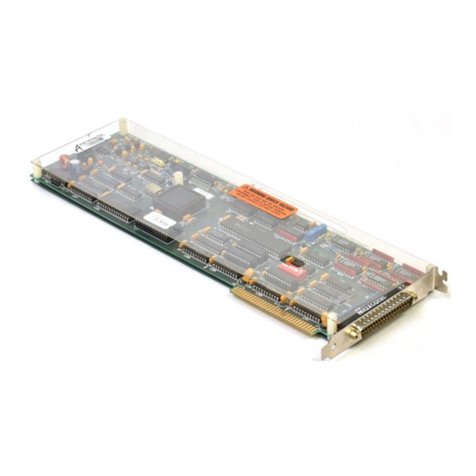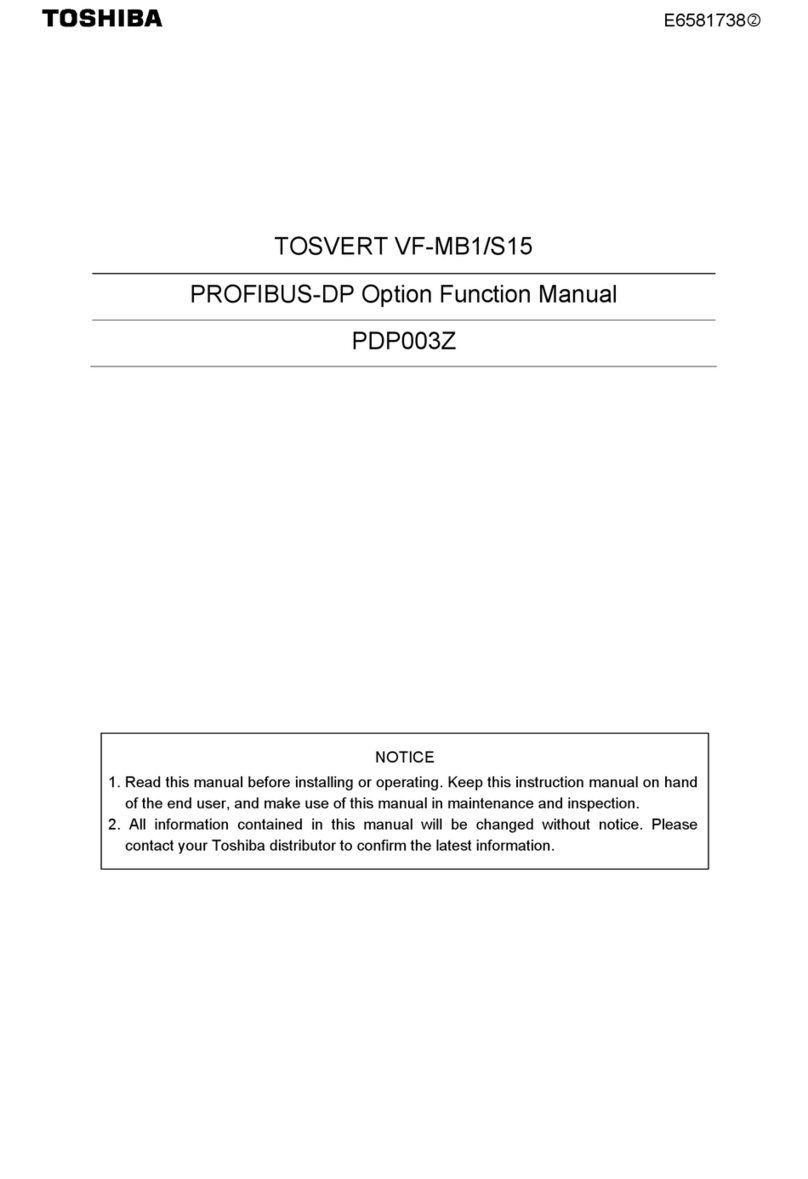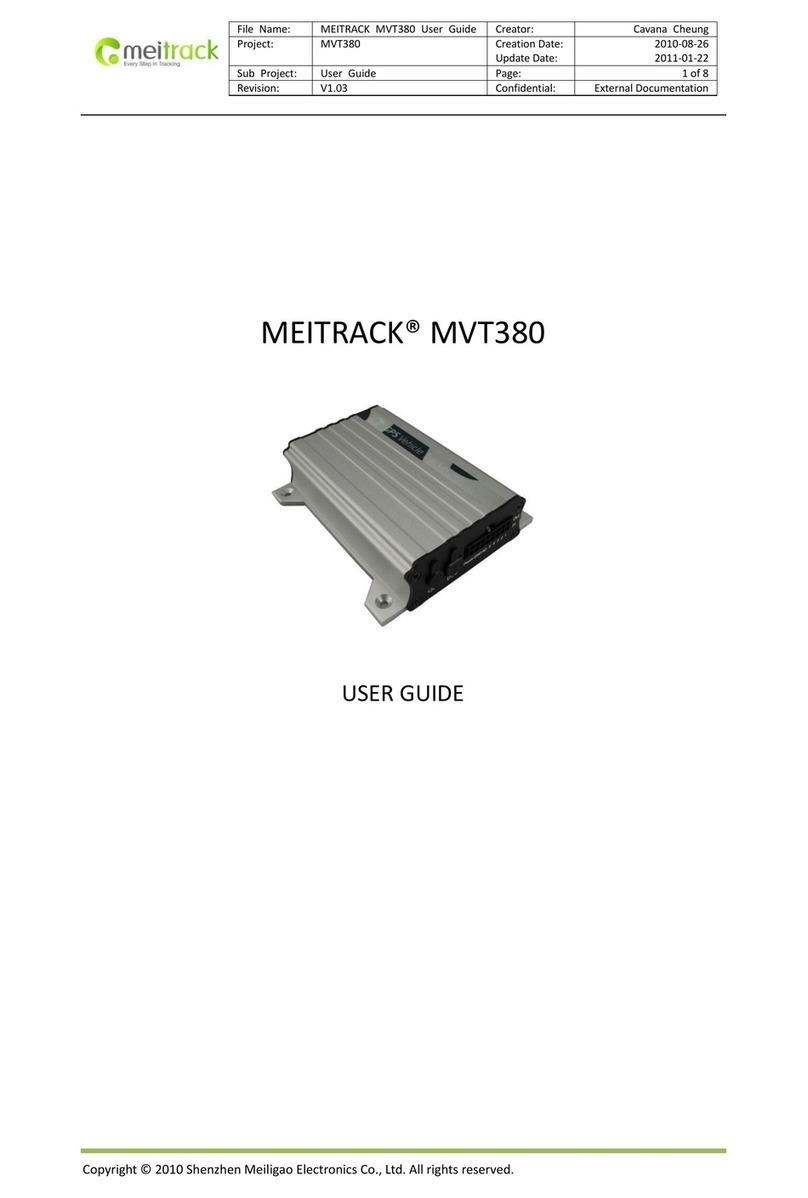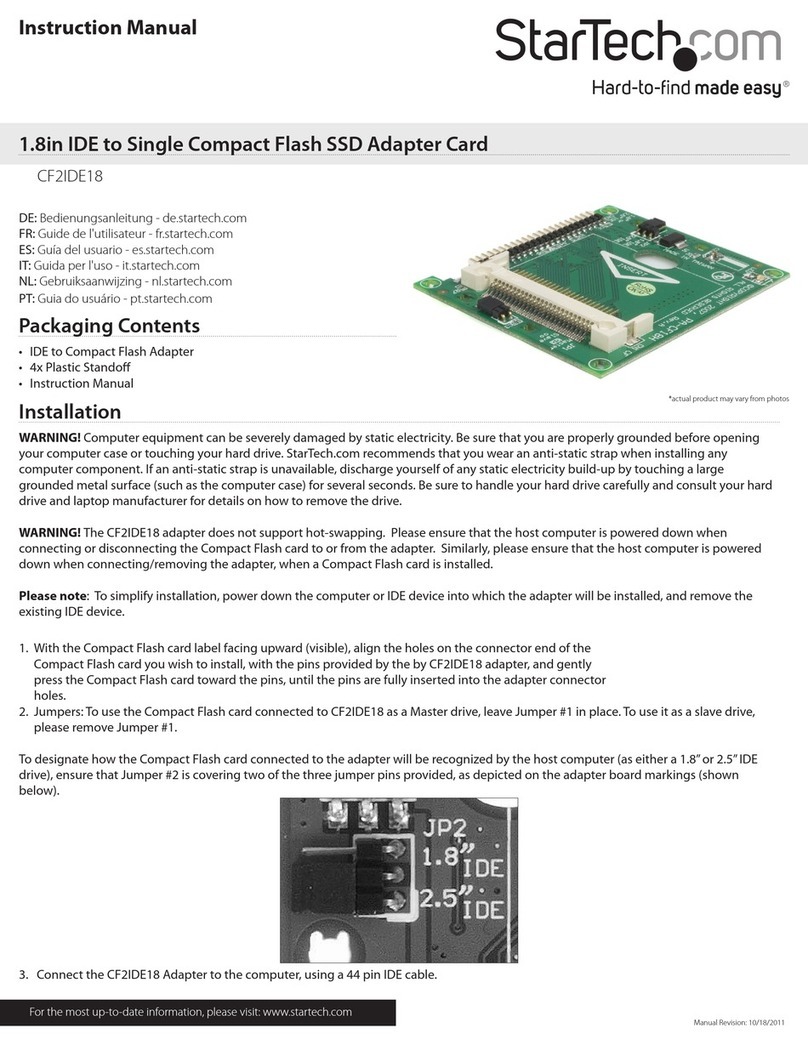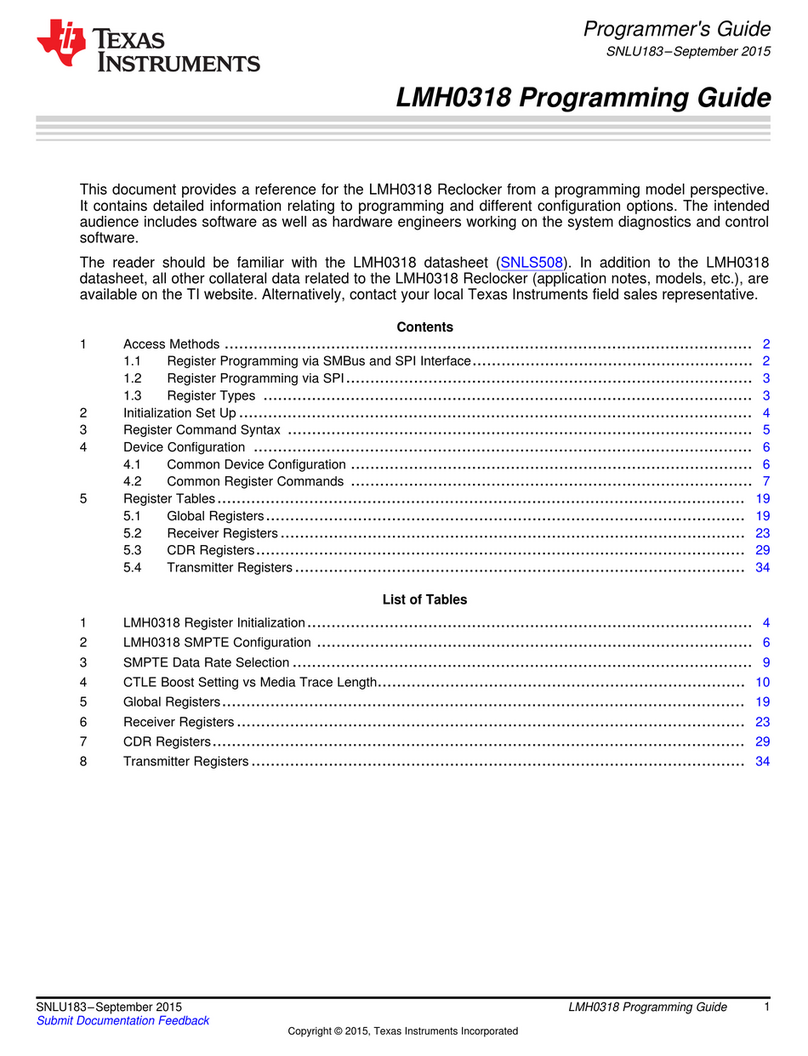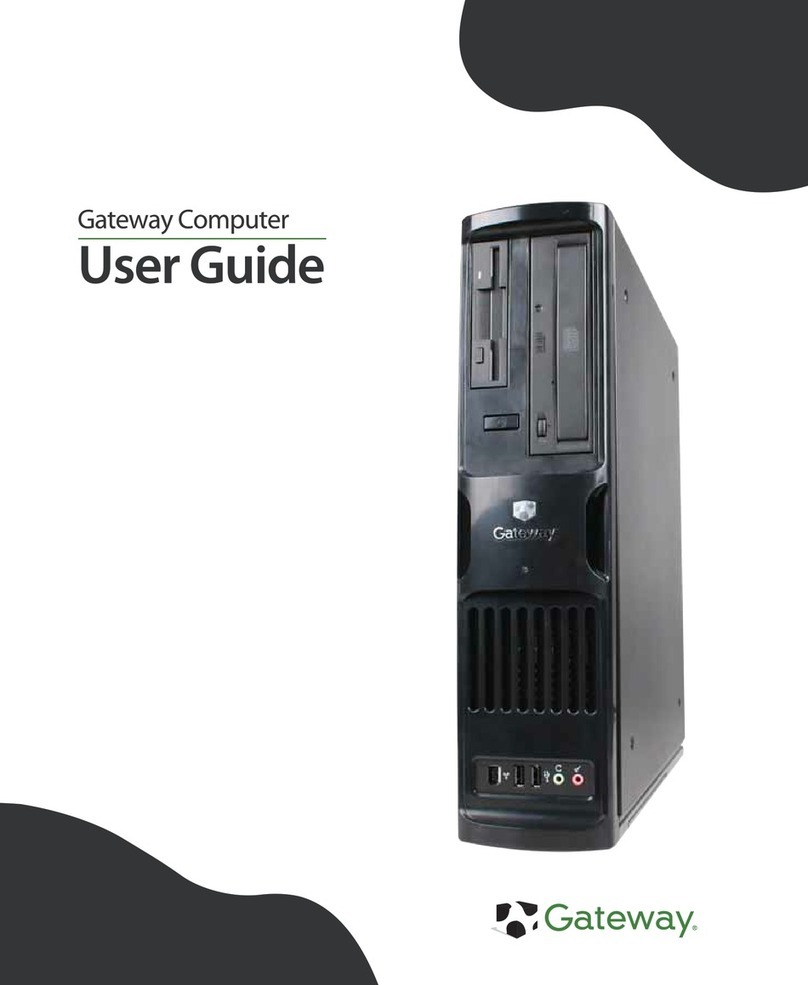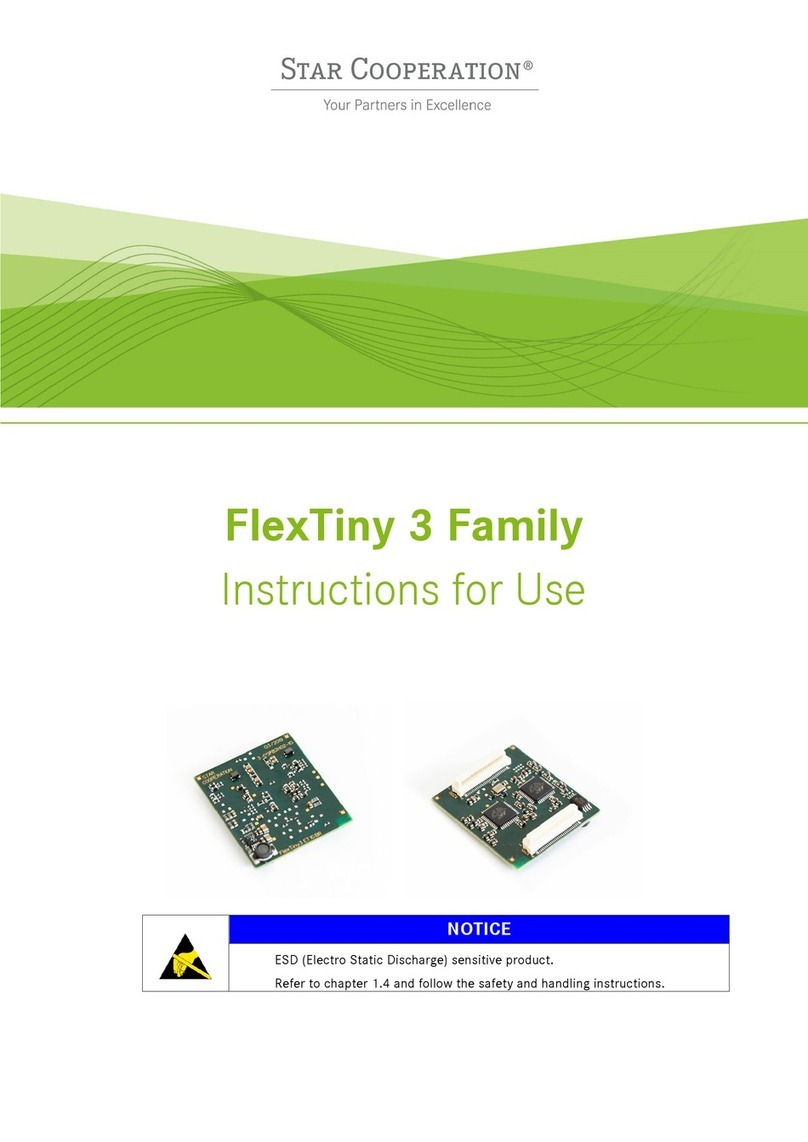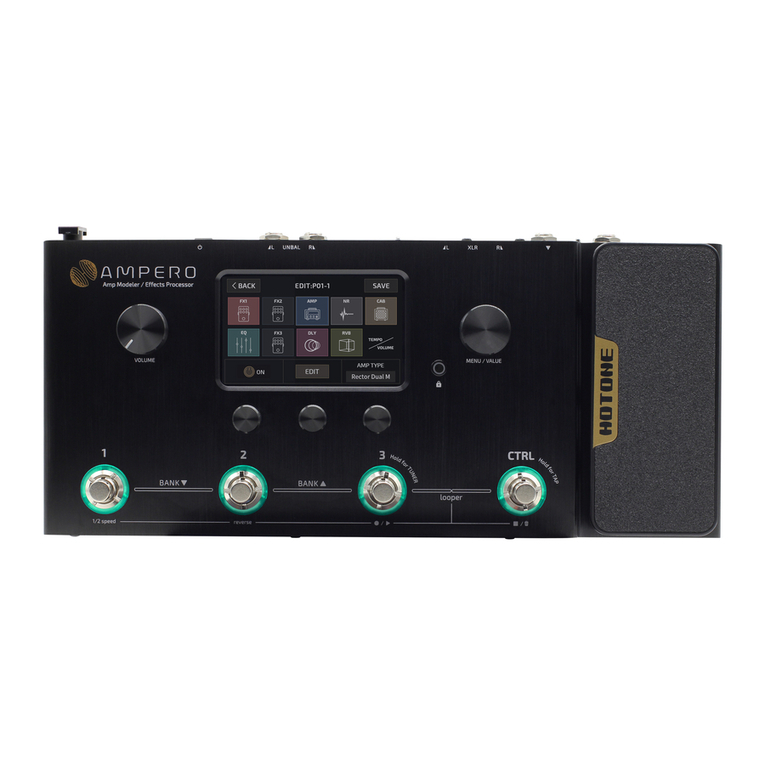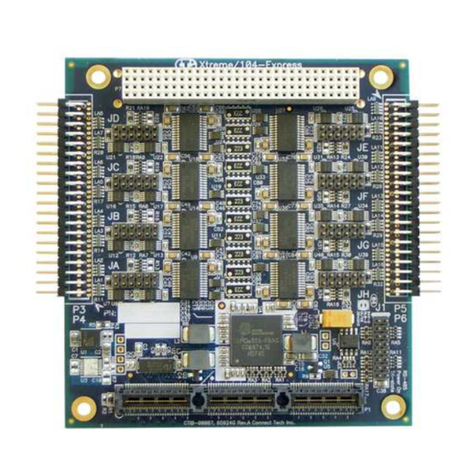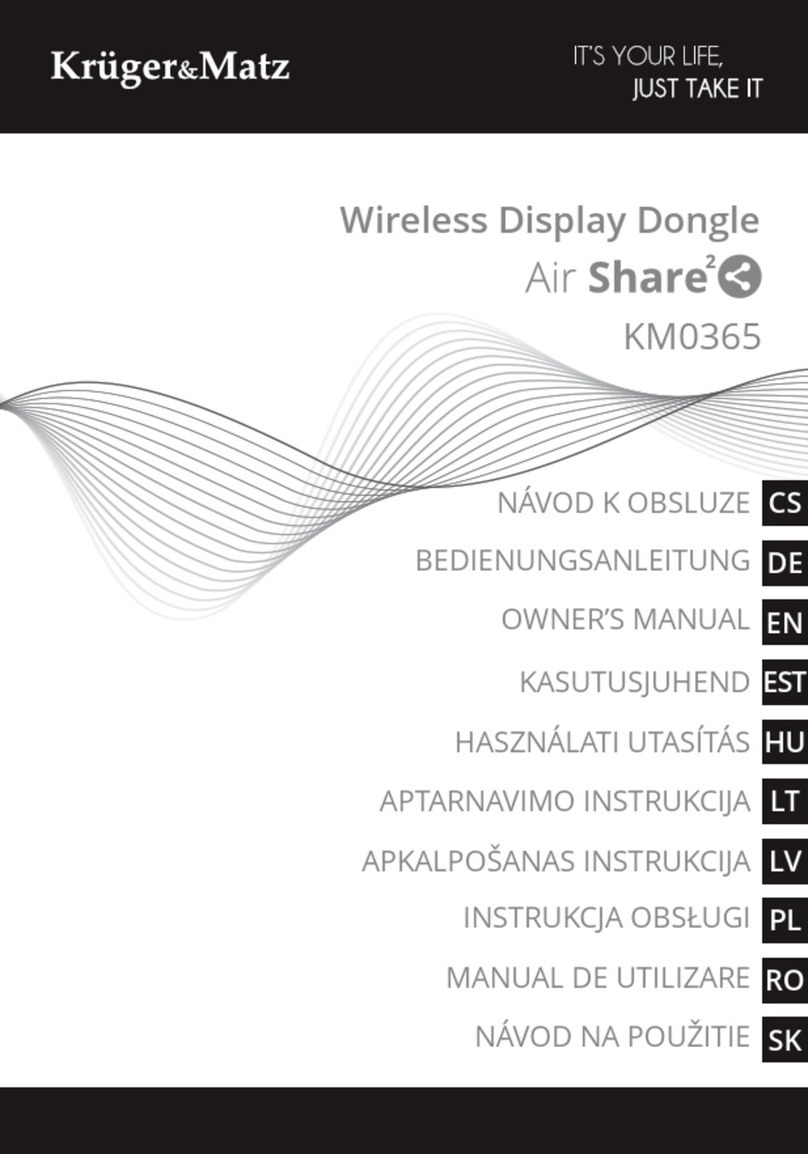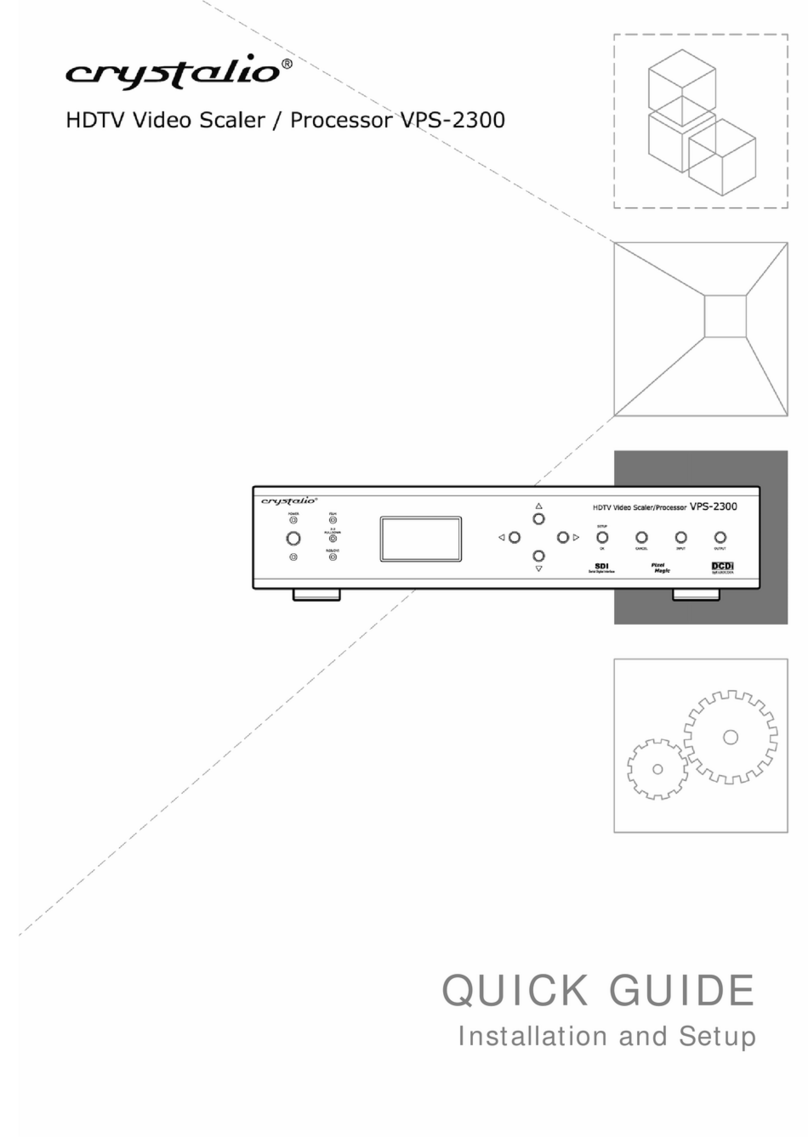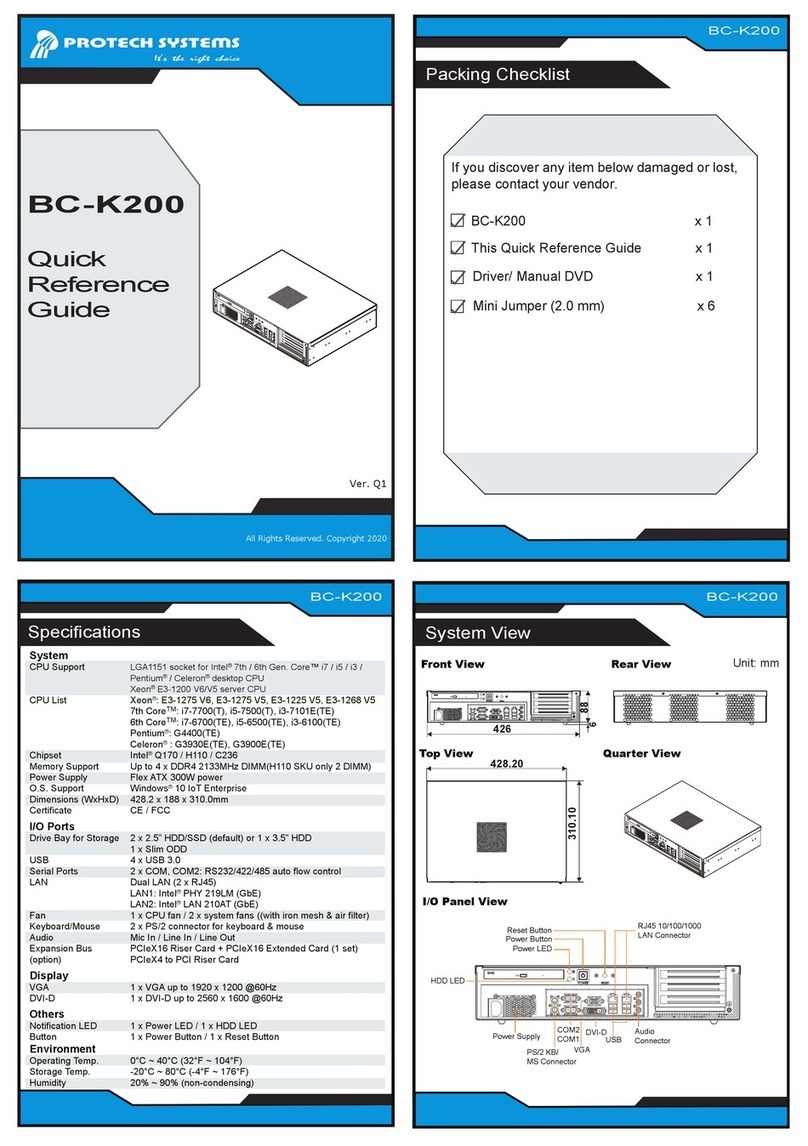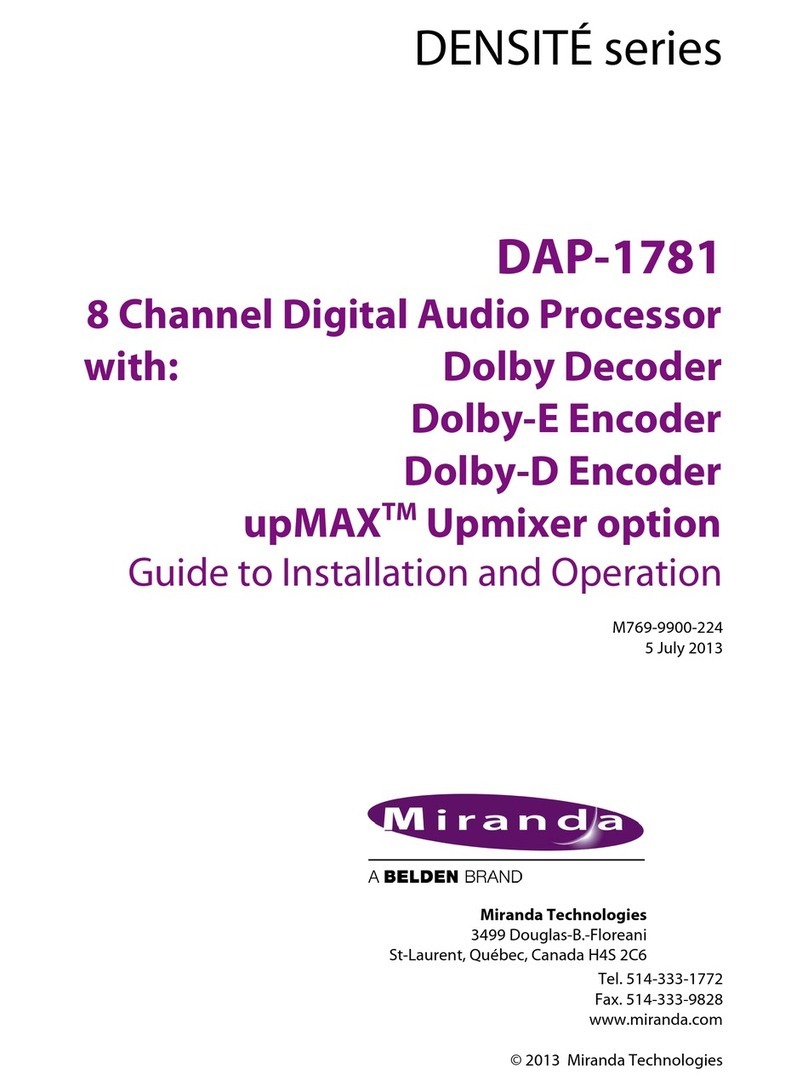
Safety Precautions
The following safety precautions should be observed before using this product and any asso-
ciated insrmmentation. Although some instmments and accessorieswould normally be used
with non-hazardous voltages, there are situations where hazardousconditions may be present.
This product is intended for use by qualified personnel who recognize shock hazards and are
familiar with the safety precautions required to avoid possible injury. Read the operating ins
formation carefully before using the product.
The types of product usersare:
Responsible body is the individual or group responsible for the use and maintenance of
equipment, for ensuring that the equipment is operaled within its specifications and operat-
ing limits, and for ensuring that operators are adequately trained.
Operators use the product for its intended function. They must be trained in electrical safety
procedures and proper useof the insmnncnt. They must be protected from electric shock and
contact with hazardous live circuits.
Maintenance personnel perform routine procedures on the product to keep it operating. for
example, setting the line voltage or replacing consumable materials. Maintenance procedures
are described in the manual. The procedures explicitly stateif the operator may perform them.
Otherwise, they should be performed only by service personnel.
Service personnet are trained to work on live circuits, and perform safe installations and re-
pairs of products. Only properly trained sewice personnel may perform installation and ser.
vice procedures.
Exercise extreme caution when a shock hazard is present. Lethal voltage may be present on
cable connector jacks or test fixtures. The American NationaJ Standards Institute (ANSI)
states that a shock hazard exists when voltage levels greater than 30” RMS, 42.0 peak, or
60VDC are present. A good safety practice is to expect that hazardous voltage is present
in any unknown circuit before measuring.
Users of this product must be protected from electric shock at all times. The responsible body
must ensurethatWWFareprevented accessand/orinsulated from every connectionpoint. In some
cases,connections must be exposed to potential human contact. Product usersin thesecircum-
stancesmust be trained to protect themselves from the risk of elecnic shock.If the circuit is ca-
pable of operating at or above 1wO volts, no conductive part of the circuit may be exposed.
As described in the lntemational Electrotechnical Commission (IEC) Standard IEC 664, dig-
ital multimeter measuring circuits (e.g., Keitbley Models 175A, 199.2000, 2001. 2002, and
2010) are installation Category II. All other instruments’ signal terminals areInstallation Cat-
egory 1and must not be connected to mains.
Do not connect switching cards directly to unlimited power circuits. ‘Ibey are intended to be
used with impedance limited sources.NEVER connect switching cardsdirectly to AC mains.
When connecting sources to switching cards, install protective devices to limit fault current
and voltage to the card.
Before operating an instrument, make sure the line cord is connected to a properly grounded
power receptacle. Inspect the connecting cables, test leads, and jumpers for possible wear,
cracks, or breaks before each we.
For maximum safety, do not touch the product, testcables. or any alher insbunents while pow-
er is applied to the circuit under test. ALWAYS remove power from the entire test system and
discharge any capacitors before: connecting or disconnecting cables or jumpers, installing or




